Flashback Friday - Mary Seacole: Two Narratives, One History
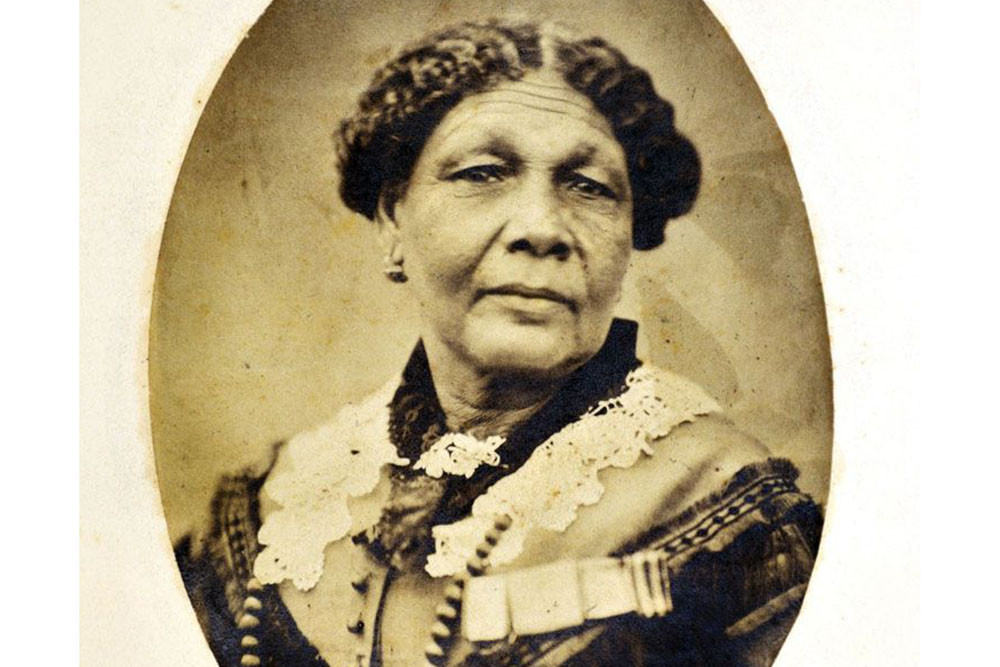
Everyone knows about Florence Nightingale, the so-called “lady with the lamp.” But more light must be shed on a lesser-known but greatly impactful nurse who offered care and comfort to the wounded and ill during the same war and time period: Mary Seacole.
Seacole (1805-1881) was a Jamaican-born Crimean War nurse who learned nursing skills and herbal remedies from her mother, a Creole woman who practiced “doctoring” in Kingston. Seacole established her reputation as a healer during a yellow fever outbreak in 1853, and, when, the Crimean War broke out later that year, wished to do her share to aid the wounded, applying to the British Secretary at War and one of Nightingale’s colleagues to be included in the country's nursing corps.
They turned her down. Wrote Seacole in her 1857 autobiography, THE WONDERFUL ADVENTURES OF MRS. SEACOLE IN MANY LANDS: “Did these ladies shrink from accepting my aid because my blood flowed beneath a somewhat duskier skin than theirs?”
Views of race and class in the 19th century much to do with Nightingale’s meteoric rise to fame, and Seacole’s devaluation. In the early 1800s, nurses were often seen as poor, coarse, ignorant individuals, and Nightingale’s work helped shift that notion, through her work to usher in hospital reform, establish schools for formal nursing education, and spread sanitary principles for environmental hygiene. Such activities established nursing as a profession that increasingly appealed to primarily white women from upper-class families.
Seacole's background was far different. She recalled visiting London where boys on the street commented “on [her] complexion.” Seacole took pride in her roots (her father was Scottish) but was aware of others’ views about “lazy Creole” people, and protested such claims: “I am sure I do not know what it is to be indolent.”
During the Crimean War, nurses were tasked with cleaning, caring, and providing nourishment to injured, ill, and dying soldiers, work that black and white nurses both did. Even without a formal nursing assignment, Seacole, at age 50, paid her own way to the British base at Balaclava, near the city of Sevastopol, in summer 1855. There, she set up a general store and hotel for soldiers offering food (even lemonade and sponge-cakes), care, and healing for the wounded and ill. It wasn’t long before the British army knew of “Mother Seacole’s,” and her kind caregiving that drew their admiration.
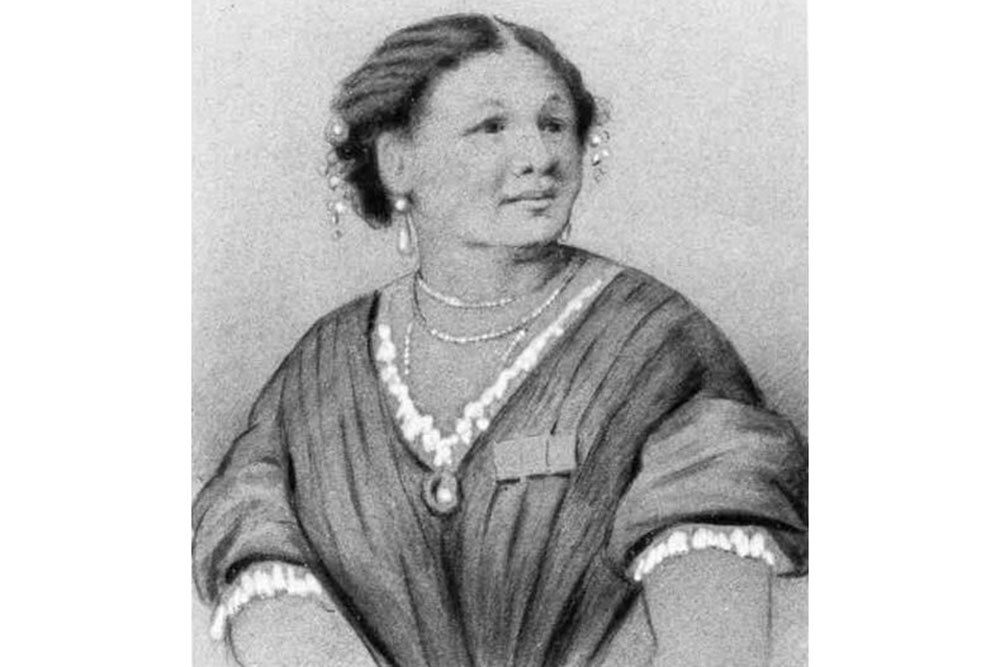

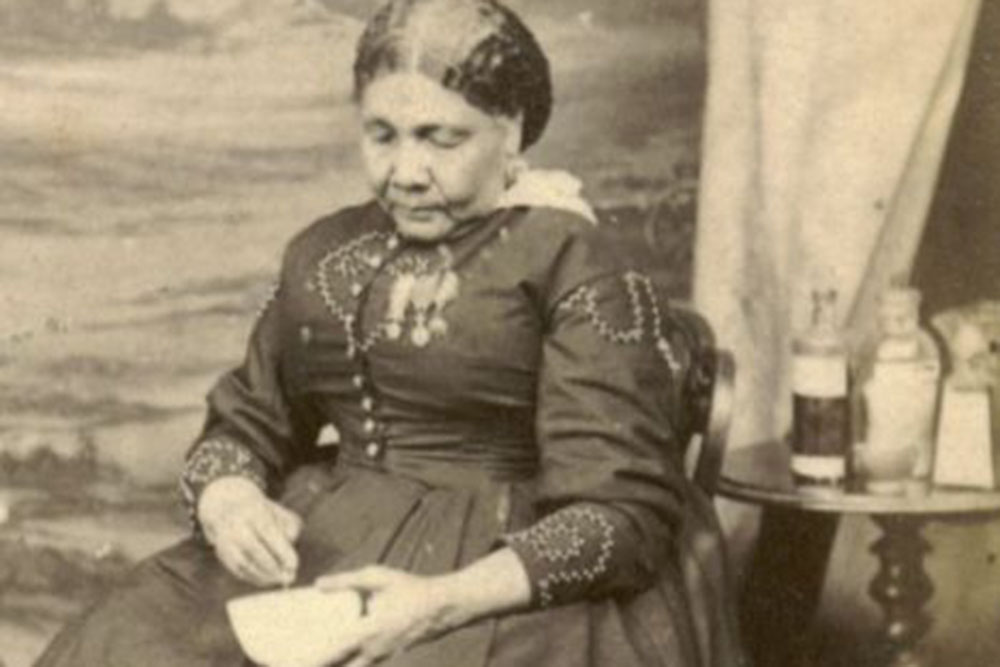
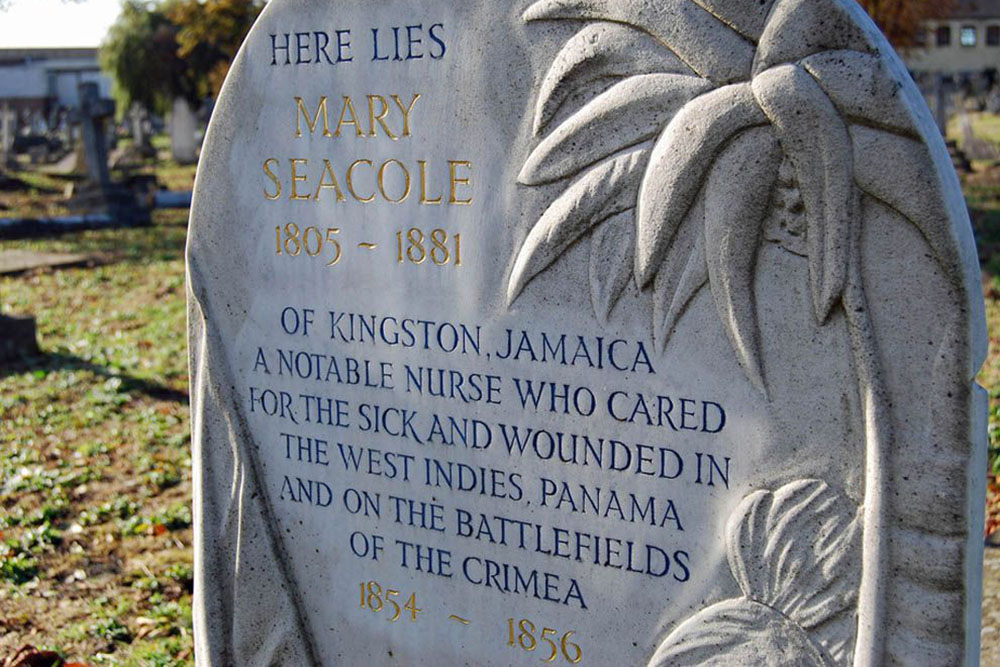
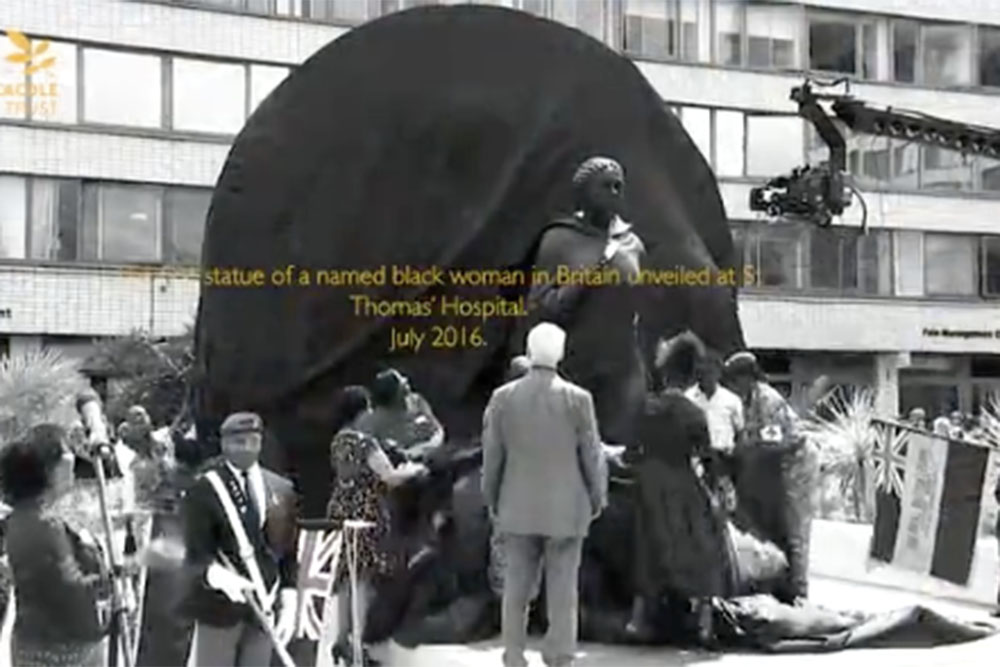
“This excellent woman,” wrote the British army’s adjutant general’s office, “frequently exerted herself in the most praiseworthy manner in attending wounded men, even in positions of great danger, and in assisting sick solders by all means in her power. In addition, she kept a very good store, and supplied us with many comforts at a time we much required them.”
Wrote a newspaper correspondent embedded with the troops, “I have seen her go down under fire with her little store of creature comforts for our wounded men; and a more tender or skillful hand about a wound or broken limb could not be found among our best surgeons.”
After the war's end in 1856, Seacole, then financially bankrupt, didn’t continue to work as a nurse, though her time in Crimea remained a source of great pride. Despite the expansive impact she had on the lives of many soldiers, her legacy is insecure.
In the mid-2010’s, UK education minister Michael Gove stripped curriculum about Seacole from English students’ learning, calling it as “a mere tool of the multiculturalist agenda.” The Daily Mail newspaper demeaned Seacole by defining her through a white peer, dubbing her “the black Florence Nightingale.” When in 2016 a statue of Seacole was raised outside a London hospital, Nightingale devotees reacted in anger to the perceived threat, a strange reaction given the fact that both nurses provided much-needed bedside nursing skills and acts of comfort to British soldiers.
Her skin color and background have meant that Seacole—whose herbal remedies and healing practices went against the “bleed and purge” approach common in English medicine of the mid-1800s—has remained much hidden from view in the subsequent century and a half, largely until the last half-dozen years. It is our hope that the effort to recognize Seacole continues, as we collectively pay homage to a woman of great skill, poise, and compassion whose life deserves our attention.
A statue of Seacole was unveiled in 2016 in front of St. Thomas’s Hospital, the first statue of a named Black woman erected in all the UK. Seacole was among those honored at a Memorial to Healthcare Workers memorial erected in 2017. And last May, a temporary hospital in Surrey built for individuals recovering from COVID-19 has been named the NHS Seacole Centre.
Written on the ground behind the Seacole statue at St. Thomas are words from Sir William Howard Russell, a war correspondent for The Times newspaper penned in 1857:
“I trust that England will not forget one who nursed the sick, who sought out her wounded to aid and succour them, and who performed the last offices for some of her illustrious dead.”
Today’s Flashback Friday is based on the excellent work of 2019 BSN graduate Darnisha Pitts, whose article – "One History, Two Narratives" – was published in the spring 2018 edition of Windows In Time and is available, in full, online. Source material and photos from Black History Month UK B:M 2020, the Mary Seacole Trust, in London, England, and National Geographic. Flashback Friday is brought to you by the Bjoring Center for Nursing History Inquiry, one of only five such nursing archives that exist around the world.
